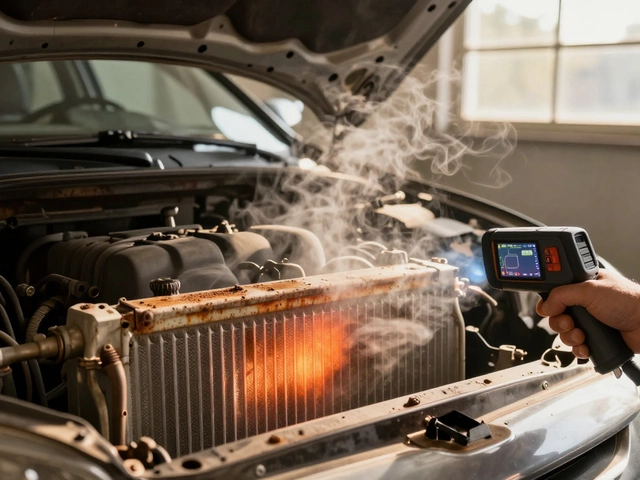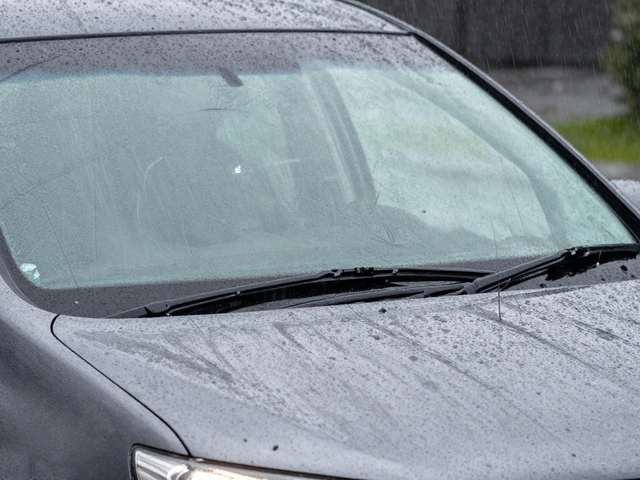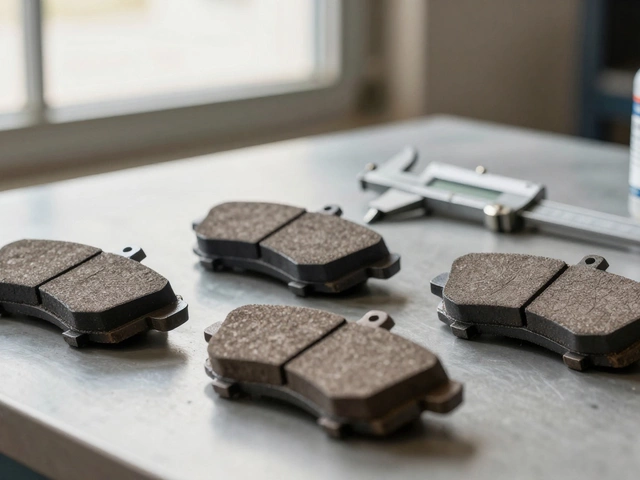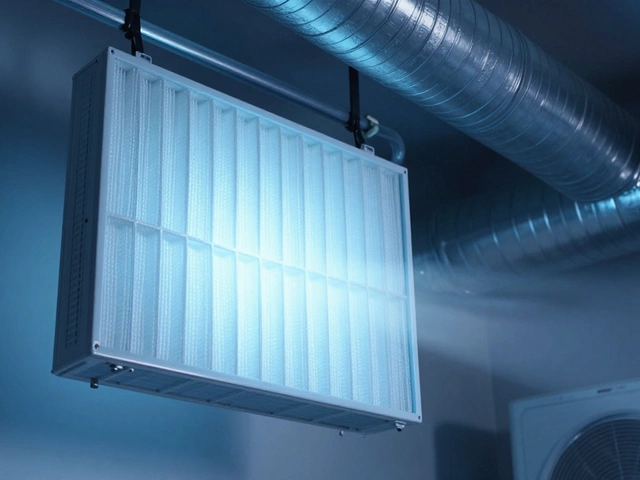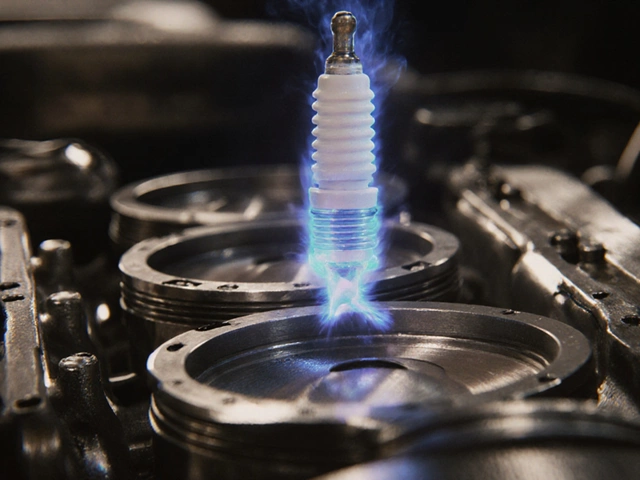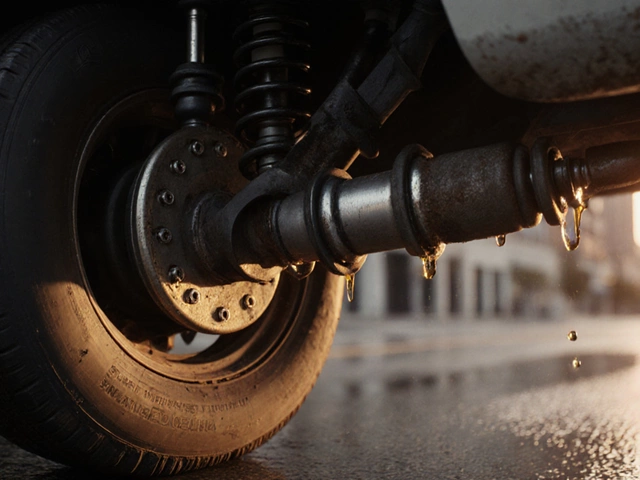Windshield Wiper Placement: How to Position for Max Visibility
When working with windshield wiper placement, the exact spot and angle where the wiper arm meets the glass. Also known as wiper positioning, it determines how well water, snow, and debris clear from your line of sight. Getting the right windshield wiper placement can mean the difference between a clear view and a soaked windshield, especially during heavy rain or winter sleet.
Effective placement doesn’t happen by accident; it relies on a few key components. First, wiper blade size, the length of the rubber blade that sweeps the glass dictates the coverage arc. A longer blade reaches farther toward the corners, while a shorter one may leave blind spots. Second, wiper arm length, the distance from the pivot point to the blade tip affects how deep the blade presses into the windshield curvature. If the arm is too short, the blade won’t hug the glass, leading to streaks; too long, and the blade can over‑reach, causing chatter.
Other factors shape placement decisions. rain sensor, the electronic module that triggers automatic wiper speed needs an unobstructed view of the windshield to detect moisture accurately. A poorly angled arm can shade the sensor, making it think the road is dry when it’s not. Finally, visibility, the driver's ability to see through the glass under adverse conditions is the ultimate goal; every adjustment should boost this metric.
Adjusting Your Wipers Step‑by‑Step
Start by parking on a level surface and turning the ignition off. Locate the wiper arm pivot nut – most cars use a small bolt or a clip. Loosen it just enough to swing the arm without fully detaching it. Aim for a blade angle that sits at roughly 45 degrees to the windshield when the arm is at rest; this angle lets the blade contact the glass evenly across its length. Next, check the blade length: measure from the arm’s pivot to the blade tip and compare it with the manufacturer’s recommended size for your vehicle model. If it’s off, swap the blade for the correct length before tightening the arm back.
After the mechanical fit, test the wipers with a spray bottle. Turn them on low speed and watch the sweep pattern. The blade should clear the entire visible area without leaving streaks or missing corners. If you see gaps, adjust the arm a few degrees inward or outward and retest. For cars equipped with a rain sensor, make sure the sensor’s window stays clear – a small piece of tape over the sensor can block light and defeat the system.
Winter adds a few extra steps. Apply a thin coat of silicone spray to the arm pivot to prevent rust, and consider installing a winter‑specific blade with a protective rubber edge. Some drivers raise the wipers slightly after a thaw to keep the rubber from sticking to the cold glass. Remember, regular inspection – at least once a month – catches wear before it hurts visibility.
With your wipers properly positioned, you’ll notice smoother operation, fewer streaks, and a clearer view in rain, snow, or sleet. Below you’ll find a curated set of articles that dive deeper into related topics – from swapping blade sizes to choosing the right wiper brand and even legal considerations for driving with damaged wipers. These guides will help you fine‑tune every aspect of your wiper system and keep your windshield crystal clear year‑round.
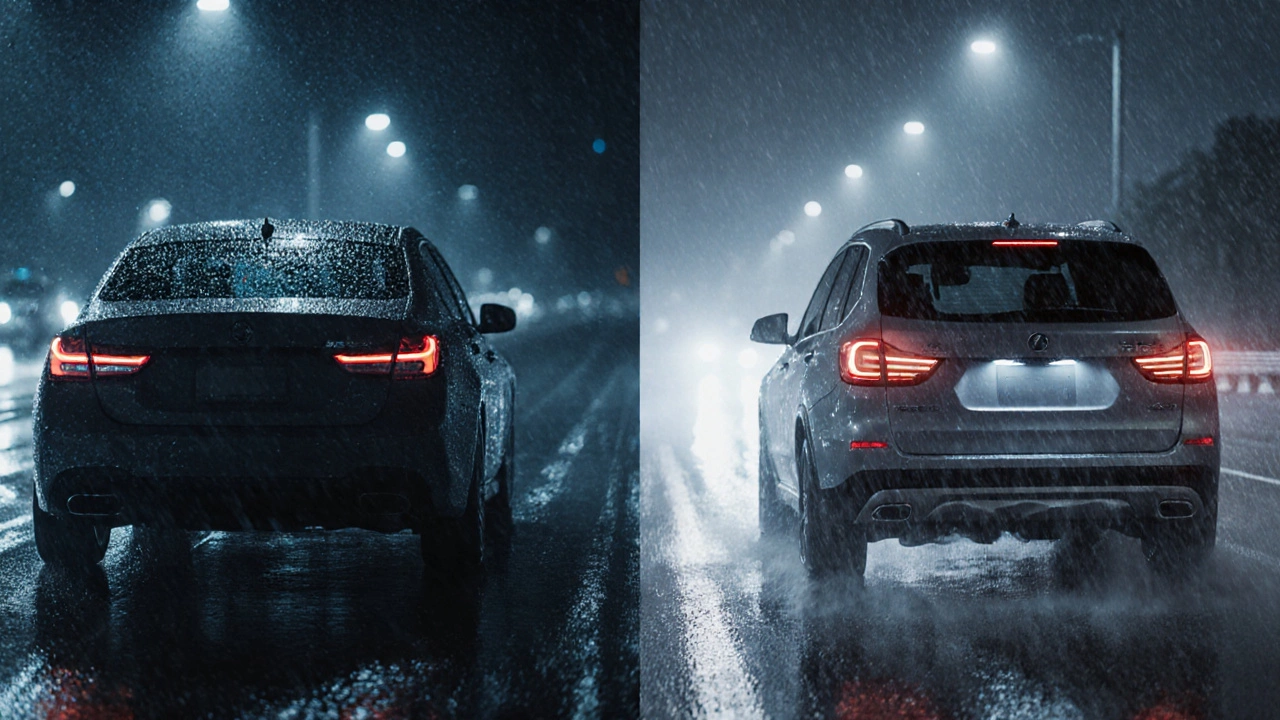
Why Sedans Lack Rear Windshield Wipers - Explained
Explore why most sedans skip rear windshield wipers, covering design, cost, safety alternatives, and when a rear wiper might be worth adding.
CONTINUE READING